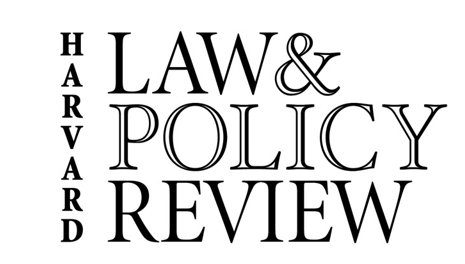By Anne King
Back when the Supreme Court granted cert in the Affordable Care Act cases, there was much speculation on how, precisely, the Justices would view the minimum coverage provision of the statute under the Commerce Clause power. In two earlier posts (here and here), I highlighted several interesting (and less discussed) angles on the Commerce Clause discussed in three of the amicus briefs submitted in the Courts of Appeals cases. Those same amici – a group of states supporting ACA, plus the National Women’s Law Center (NWLC)* and the American Association of People with Disabilities (AAPD), both on behalf of a number of organizations – also chimed in once the litigation reached the Supreme Court
As David Yin wrote here earlier this week, it’s debatable whether the Justices’ questioning at this week’s oral arguments reveal much about the ultimate decision. Yet I was interested to see whether the amici’s Commerce Clause angles would crop up. Amicus briefs arguably have greater significance in a case of this complexity, because they permit exposition of important legal and policy arguments outside the primary scope of the parties’ briefs.
Maryland and a group of several other states submitted a brief offering the perspective that health care is amenable to Commerce Clause regulation because it is a national problem “that is not fully susceptible to state-by-state solutions.” As the Maryland brief explained, “the interconnectedness of state economies imposes practical restrictions on the range of policy choices open to individual states and also limits the efficacy of any solution chosen by a state that departs substantially from policies adopted by other states.” The Maryland brief also described the problems several states experienced after enacting health care reform without a minimum coverage provision – including increases in premium prices and insurance companies’ withdrawal from the individual market.
Indeed, Maryland’s brief clearly had purchase with at least one member of the Court. Justice Ginsburg quoted a figure from the brief – that Maryland hospital bills are seven percent higher due to uncompensated care. And Solicitor General Verrilli also echoed the Maryland brief, noting, “Here I think it’s really impossible, in view of our history, to say that Congress is invading the state sphere.” The government also cited several states’ experience of rate increases and insurer withdrawals due to health reform measures that didn’t incorporate a minimum coverage provision. And it’s not surprising that both the Justices and the government would view the states’ position as particularly relevant.
The non-profits’ briefs didn’t appear to make an appearance in the arguments. NWLC’s brief offers an interesting legal argument, framing the ACA as a civil rights law designed to combat discrimination in the health care market against women and other disadvantaged groups. The brief analogizes to Commerce Clause decisions, such as Heart of Atlanta Hotel and Katzenbach v. McClung, which upheld the civil rights statutes prohibiting race discrimination by hotels and other businesses. The AAPD brief makes a policy argument connecting the minimum coverage and preexisting condition provisions of the ACA, pointing out the phenomenon of “job lock,” which results when individuals “forego a job opportunity because of fear that they will be uninsured of they leave their current job.” And indeed, overall, the Justices’ questioning strayed very little from the core legal arguments and barely addressed policy concerns. But I think, in the end, this tells us very little as to whether additional legal perspectives and policy considerations will shape the Court’s opinion.
*Disclosure: I formerly worked at NWLC — but I didn’t take part in the amicus brief.
